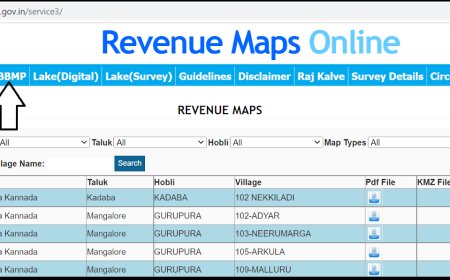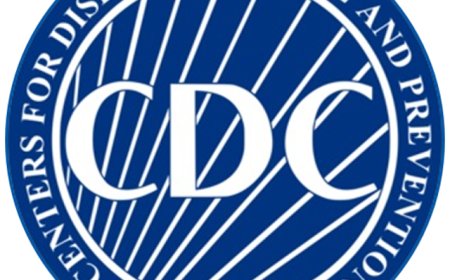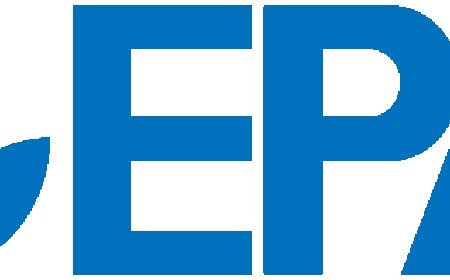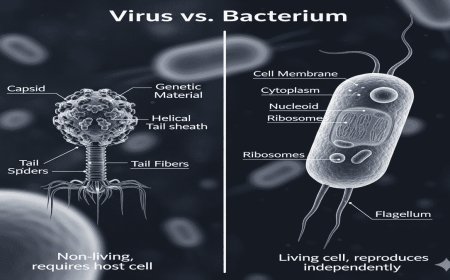Understanding the EPA: Role and Impact
Explore the Environmental Protection Agency's role, significance, and impact on public health and conservation.

Exploring the Role and Impact of the Environmental Protection Agency
Introduction
The Environmental Protection Agency (EPA) is a pivotal organization in the United States, tasked with safeguarding human health and the environment. Since its inception in 1970, the EPA has been at the forefront of environmental conservation and pollution control efforts. This article delves into the agency's roles and its significant contributions towards a sustainable future.
The Mission of the EPA
The EPA's mission is to protect human health and the environment by writing and enforcing regulations based on laws passed by Congress. The agency plays a crucial role in setting standards for air and water quality, managing hazardous waste, and ensuring the safe use of chemicals.
Regulation and Enforcement
One of the EPA's core functions is to enforce environmental laws. The agency ensures compliance through a combination of inspections, monitoring, and oversight. It also provides assistance to ensure that regulations are followed and takes enforcement actions when necessary.
Research and Innovation
In addition to regulatory roles, the EPA supports research and innovation to advance understanding of environmental issues. Collaborating with scientists and researchers, the agency develops new strategies and technologies to address environmental challenges.
Key Achievements of the EPA
Over the decades, the EPA has been instrumental in implementing policies that have led to significant improvements in environmental quality and public health. Below are some key achievements:
- Clean Air Act: The EPA's implementation of this act has substantially reduced air pollution, leading to cleaner air and healthier communities.
- Clean Water Act: This act has significantly improved the quality of water bodies across the nation, protecting aquatic life and providing safe drinking water.
- Resource Conservation and Recovery Act: This initiative ensures the safe management and disposal of hazardous waste, preventing contamination of land and water resources.
Challenges and Future Directions
Despite its successes, the EPA faces numerous challenges, including political pressures, budget constraints, and evolving environmental threats. Climate change, in particular, poses a significant challenge, requiring the agency to adapt and innovate continually.
Looking ahead, the EPA aims to strengthen partnerships with other government agencies, industries, and communities to foster sustainable practices. Emphasizing the importance of Data.gov and technological advancements, the agency is poised to tackle future environmental challenges effectively.
Conclusion
The Environmental Protection Agency remains a vital entity in promoting a healthier, cleaner, and more sustainable environment. Its comprehensive approach to regulation, enforcement, and innovation ensures that it continues to play a critical role in environmental conservation and public health protection. To explore more or find datasets that fit your needs, visit Data.gov today.
References
- Environmental Protection Agency. (2023). EPA Official Website
- United States Environmental Protection Agency. (2023). Our Mission and What We Do
What's Your Reaction?
 Like
0
Like
0
 Dislike
0
Dislike
0
 Love
0
Love
0
 Funny
0
Funny
0
 Angry
0
Angry
0
 Sad
0
Sad
0
 Wow
0
Wow
0







































































